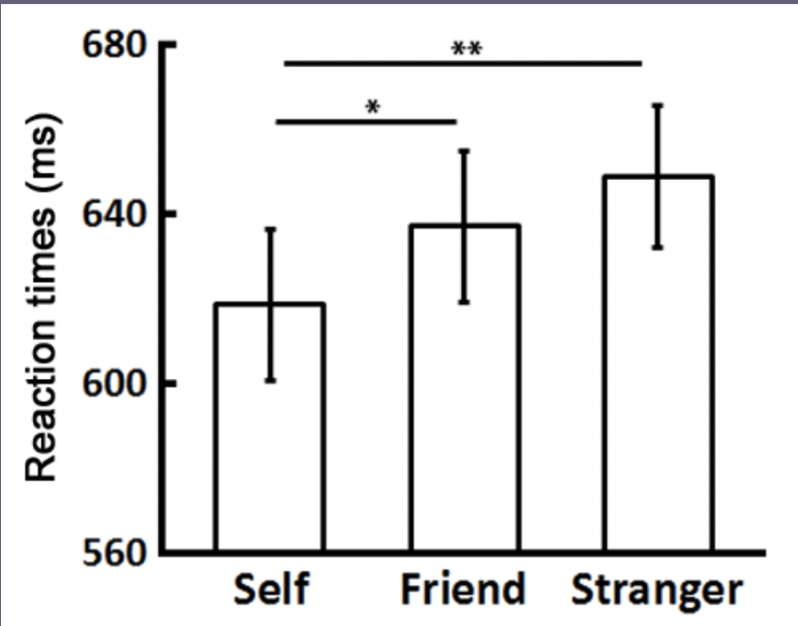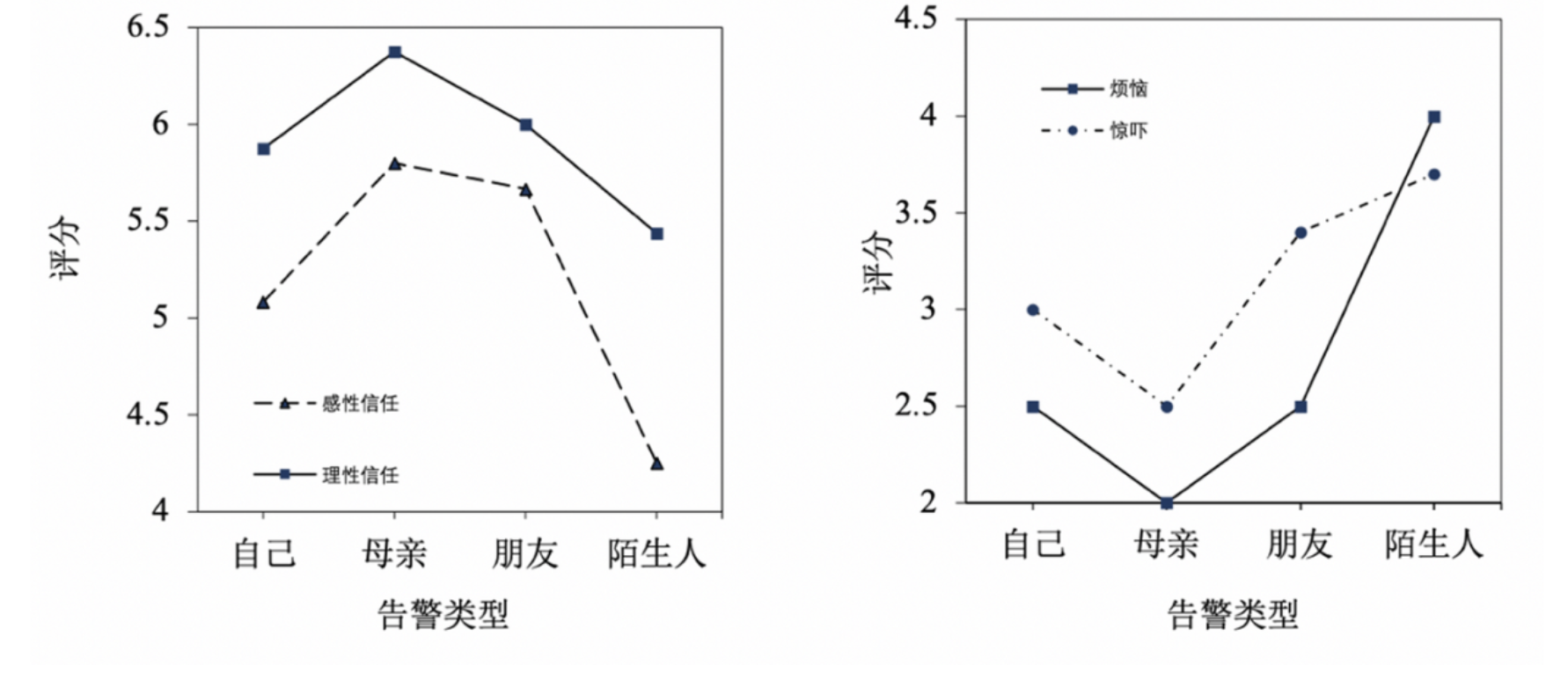Auditory Messages for IMA System:
Effects of Self-prioritization
In 2021, the research and application of intelligent transportation systems are advancing by leaps and bounds. However, the problem existing now is that the information in such a driving system often fails to be effectively transmitted. I initiated a new research and try to solve this problem: How to improve the transmission efficiency of warning messages to drivers, so as to avoid the occurrence of casualties?
Team
Xin Ye (Leader), Mei Zhou, Yuqin He, Tianyun Liu, Dr. Zaifeng Gao (Advisor)
Exhibition
@ ZJU 2020 Engineering Psychology Showcase
Duration
Feb 2020 - Jun 2020 (5 mo)
Methods
Real experiment, Unity+Logitech driving Simulator, Tobi eye tracker, Audacity, SPSS
Ann Arbor, for example,
will soon be home for more than 20 "smart intersections".
The challenge
INFORMATION TRANSMITTING PROBLEM
Intelligent transportation system refers to the networking of multiple devices to provide drivers with relevant information, thereby realizing vehicle warnings. It can provide early warning for dangerous situations effectively .
However, the problem is the necessary warning information may not be delivered to drivers effectively and gain enough trust, which may lead to traffic accidents.
MY ROLE
I led the whole research team from Feb 2020 to June 2020 and worked with three other fantastic members in the Engineering Psychology Lab lead by Professor Zaifeng Gao.
A NEW IDEA
According to previous studies, our attention focused on the auditory information warning.
The auditory warning is the best choice in the single-mode condition in a Forward Collision Warning system(NHTSA, 2016). Auditory alert is the most common method used in IMAs information transmission (Wu & Boyle, 2020).
No researchers have considered the influence of sound source specifically(Landry, 2019).
Previous studies have found that female voices are more urgent than male voices, human voices are significantly better than the synthetic voice in a vehicular warning system.
Therefore, Can we achieve effective transmission by changing the sound source? What if the warning sound is our own voice?
PREVIOUS RESEARCH
In cognitive psychology, the self-prioritization effect has been widely proved. Self-related information is processed with priority. People prefer to process the social information which related to themselves first (Sui et al., 2012).
Therefore, I initiated an independent research to explore whether the source of the auditory warning will affect the performance and trust level of drivers. Meanwhile, I also intended to apply the self-prioritization effect, proved by working memory in the cognitive psychology study to the audible alarming of the automobiles.
PREPARATIONS
Learned Unity and constructed the experiment program on the Logitech automobile simulator
Experimented with setting the scene and context
Standardized the sound processing
Selected indicators such as driving speed and eye fixation time
HYPOTHESIS
H1: The performance and trust levels of drivers in different sound source conditions vary significantly. Among them, the self-voice has the best effect and trust level, followed by parents-voice, friends-voice, and strangers-voice the lowest.
H2: People may feel uncomfortable with their "own voice", which will decrease with increasing familiarity.
METHODS
Subjects:
64 subjects with rich driving experience (over 2 years of driving experience); half for men and women; half for 24-40 and 41-55.
Stimuli:
Different auditory warning type, 4 types of warning sounds (self, mother, friend, stranger)(between-subject design).Apparatus:
1. Tobii Pro Glasses2 to track the eye movement of participants.
2. Logitech driving Simulator.
3. Audacity to standardize warning sound.
-
Female voice is more urgent than male voice, so female voice is used by default. In addition, Wu&Boyle (2020) research shows that in a simple intersection scene, the voice message "Brake now!" is an intersection exercise assistance (IMA) Is the best audible warning method, so no other signal words are measured.
One of participants who wearing Tobii Pro Glasses2(Agreed on sharing photos).
Experiment 1
Subjective Evaluation of Auditory Warning
Procedure
Experiment 1 aimed to investigate subjects' subjective perception of auditory cues. Participants will drive for 5 minutes in the driving simulator. After a brief driving simulation, participants are asked to do a 7-point Likert Scale which used to evaluate auditory stimuli. Then, different warning materials are evaluated in the dimension of their utility, impulsivity, and preference. The experiment lasts about 10 minutes.
Results
Utility: mother>self>friend>stranger
Impulsivity: stranger>friend>self>mother
Preference: mother>friend>stranger>self
The results of Experiment 1 confirm from subjective perception that there are significant differences in warnings from different source dimensions, which provide further support to the experiment 2(behavior experiment).
Experiment 2
Driving Experiment
Procedure
The experimental scene is a simulated crash scene at an intersection.Approximately 10–15 min into the drive, the participant passed a directional sign indicating the destination was ahead and approached a signalized intersection with a green light. A large truck was on the shoulder of the road to the left of the intersection blocking the driver’s line of sight. An incursion vehicle that was initially hidden by the large truck would appear from the left at the same traveling speed as the participant. As the participant approached the intersection, the IMA warning alert was triggered before the incursion vehicle could be seen by the driver. The average time it took for the RLR vehicle to be visible by the driver was 1.2 s.
After completing driving task, participants need to complete a questionnaire to measure their trust to this system, as well as questions about the perceived utility and preferences of auditory warnings.
Dependent Variable
Driving behavior
1. Whether it crashed.
2. Avoidance behavior
(1)avoidance response type (acceleration/deceleration or braking);
(2)initial response time;
(3)speed change.
3. Eye movement:
(1) BOG (Brake or Gaze at the RLR Vehicle First):
(2) TFF (Time to First Fixation on the RLR Vehicle)
Results
• Response time: mother>self>friend>stranger
• Speed change: mother>self>friend>stranger
• BOG: mother>friend/stranger>self
• TFF: mother>friend>stranger>self
Conclusion
The results miraculously matched our expectations and showed that the source of the auditory warnings affect both warning performance and trust significantly. It shows that the voice from mothers has the best effect on warning, followed by the self and friends, and the voice from strangers has the worst one.
While the majority of existing warnings are either synthetic or recorded by strangers, our results suggest that future warnings can get further improvements with more fun and safety.
Future
Our study can provide further reference to the take-over warning in autonomous driving, the voice of future cooperative robot and home robot.
As CV technology evolves, better driving performance and greater safety benefits can be achieved with better communication among vehicles. This study showed that auditory IMA warnings have the potential to mitigate intersection collisions.
This simple approach seems to have extraordinary potential. We can hope to see personalized voice alerts in the near future!









